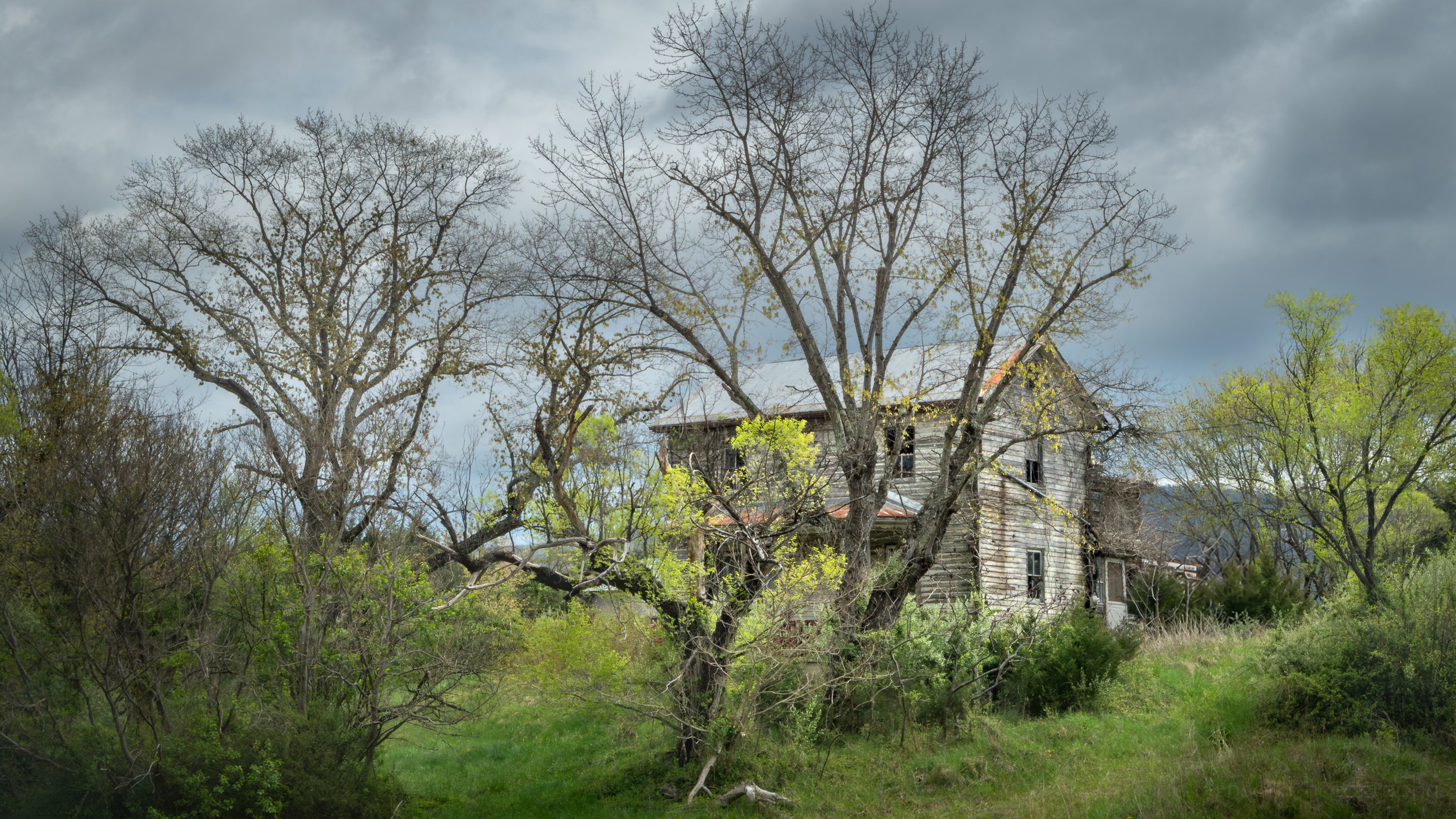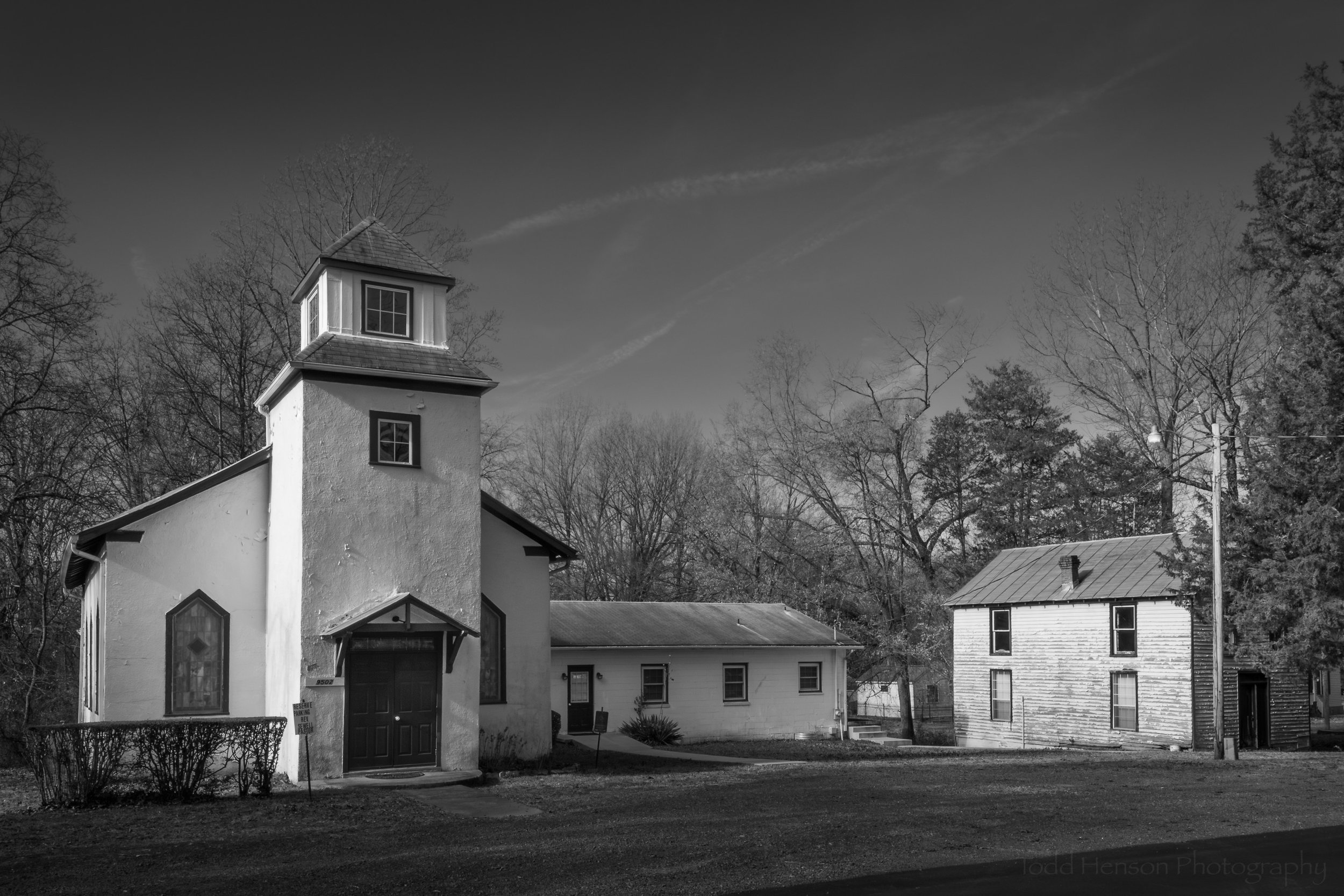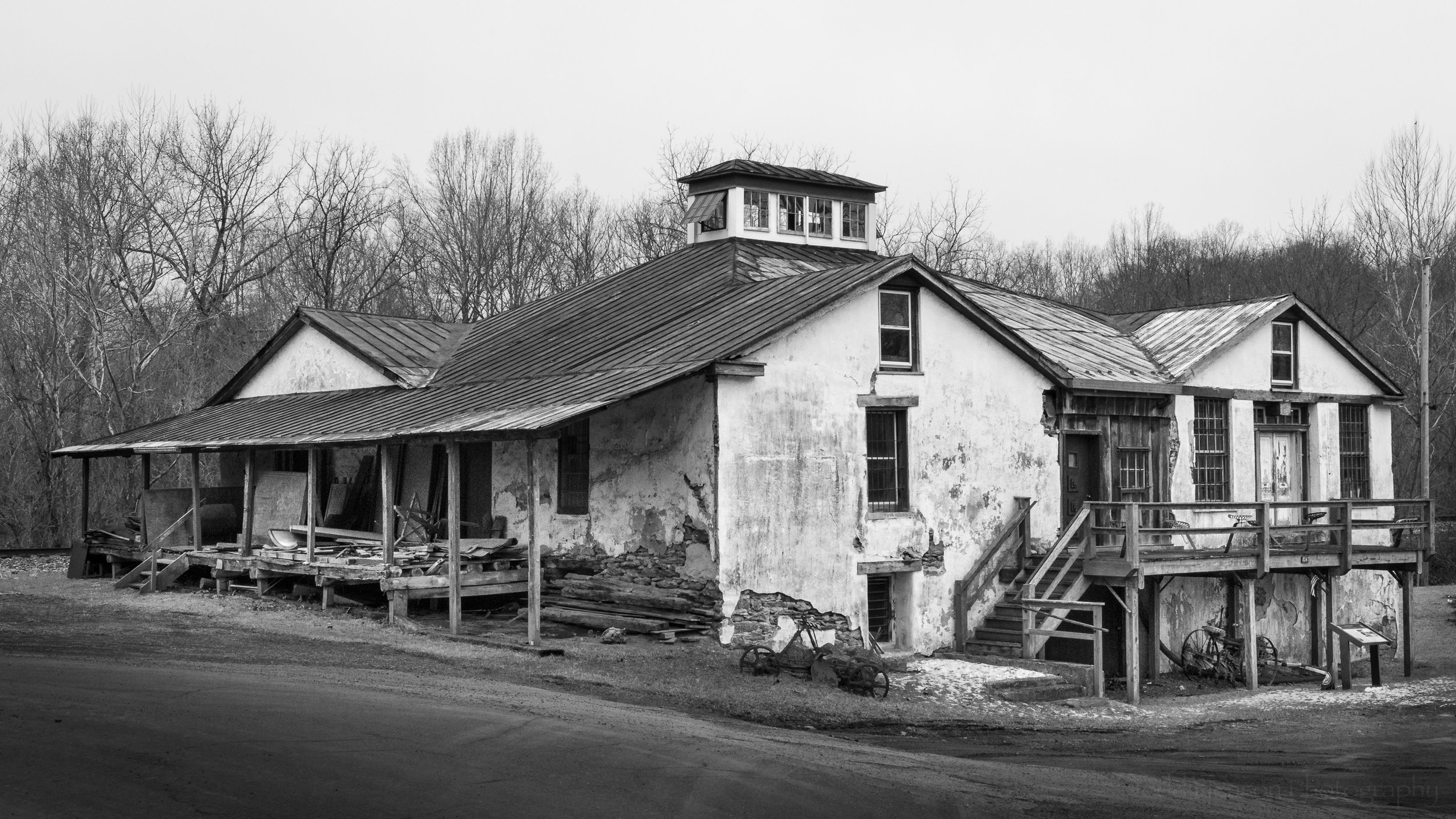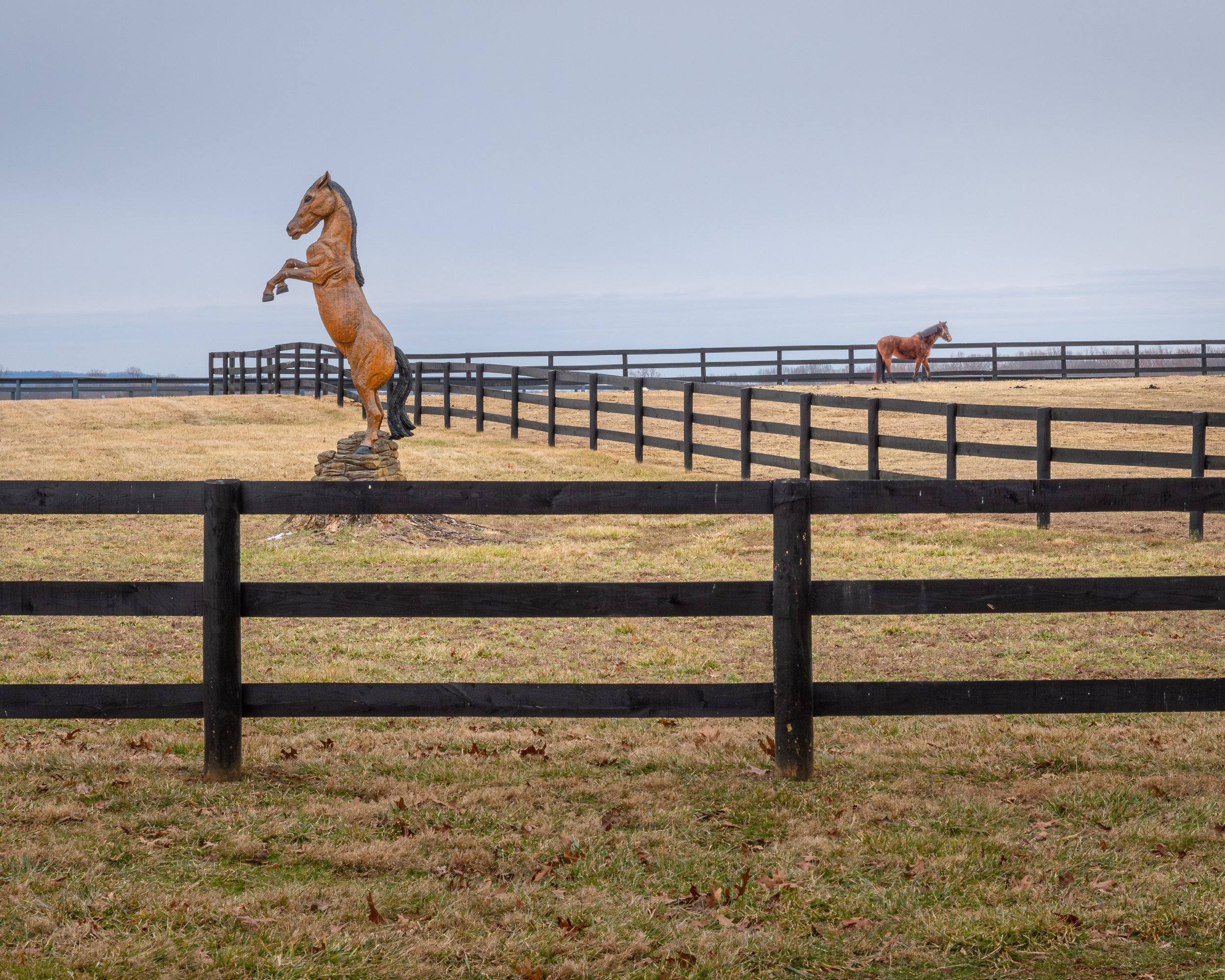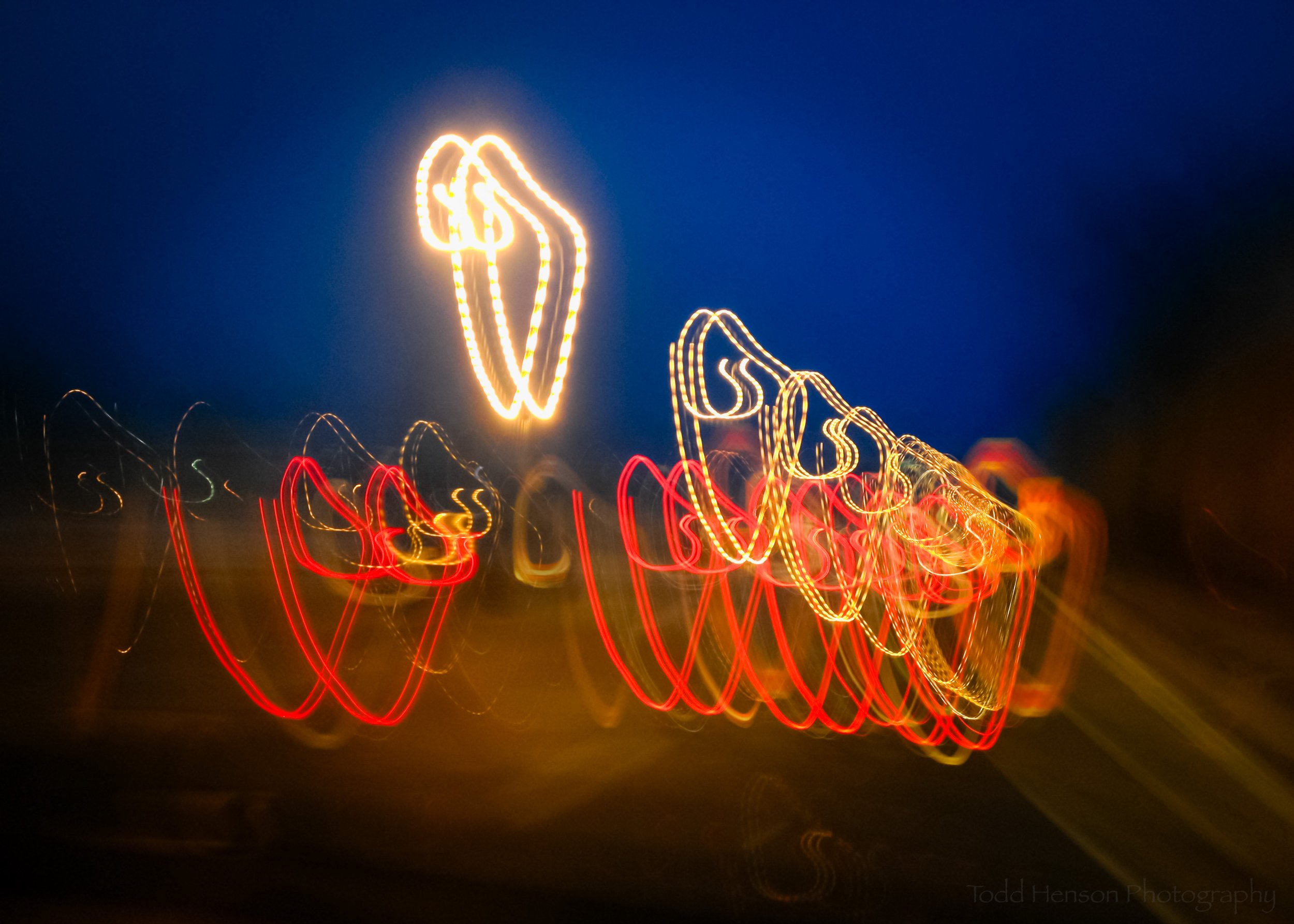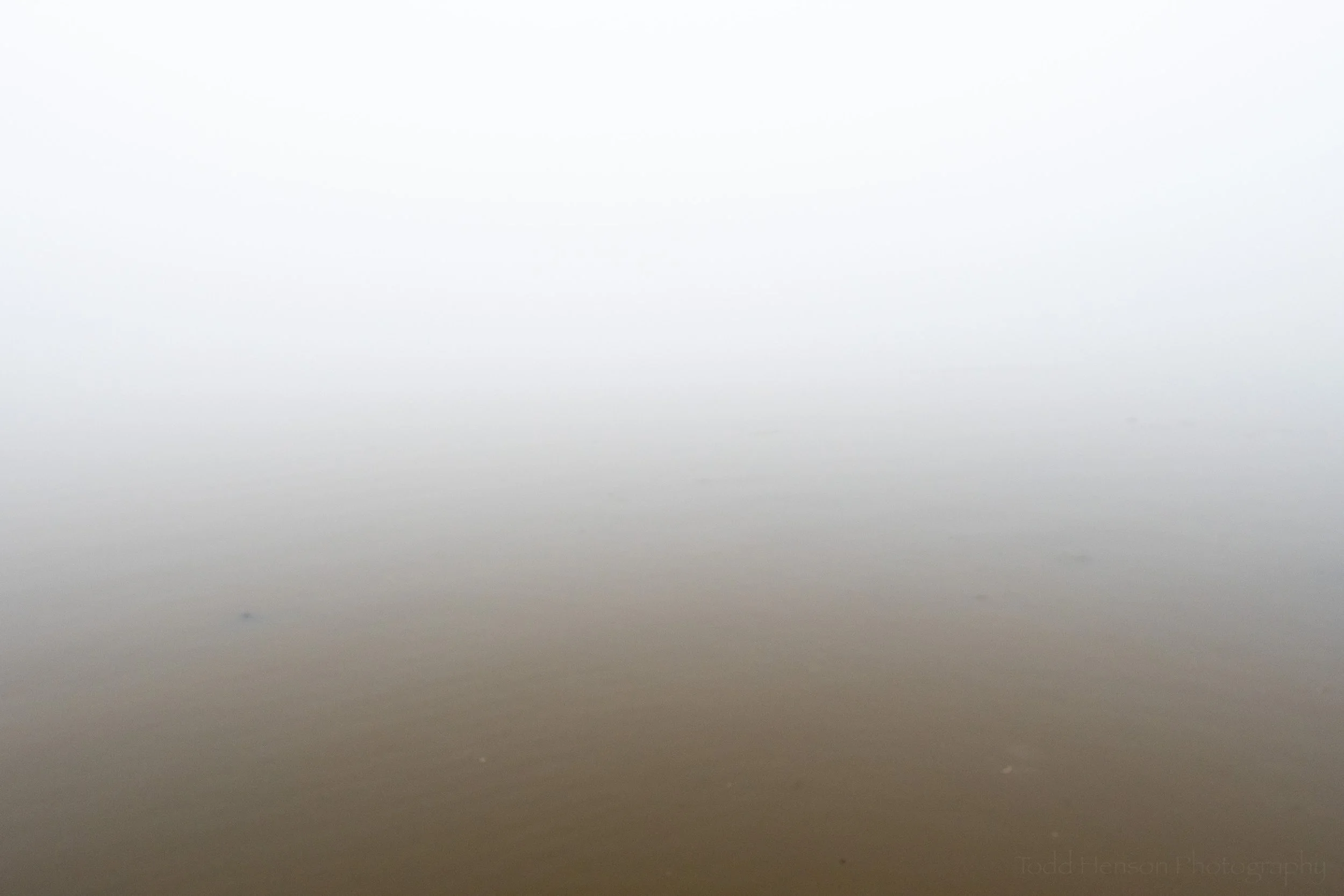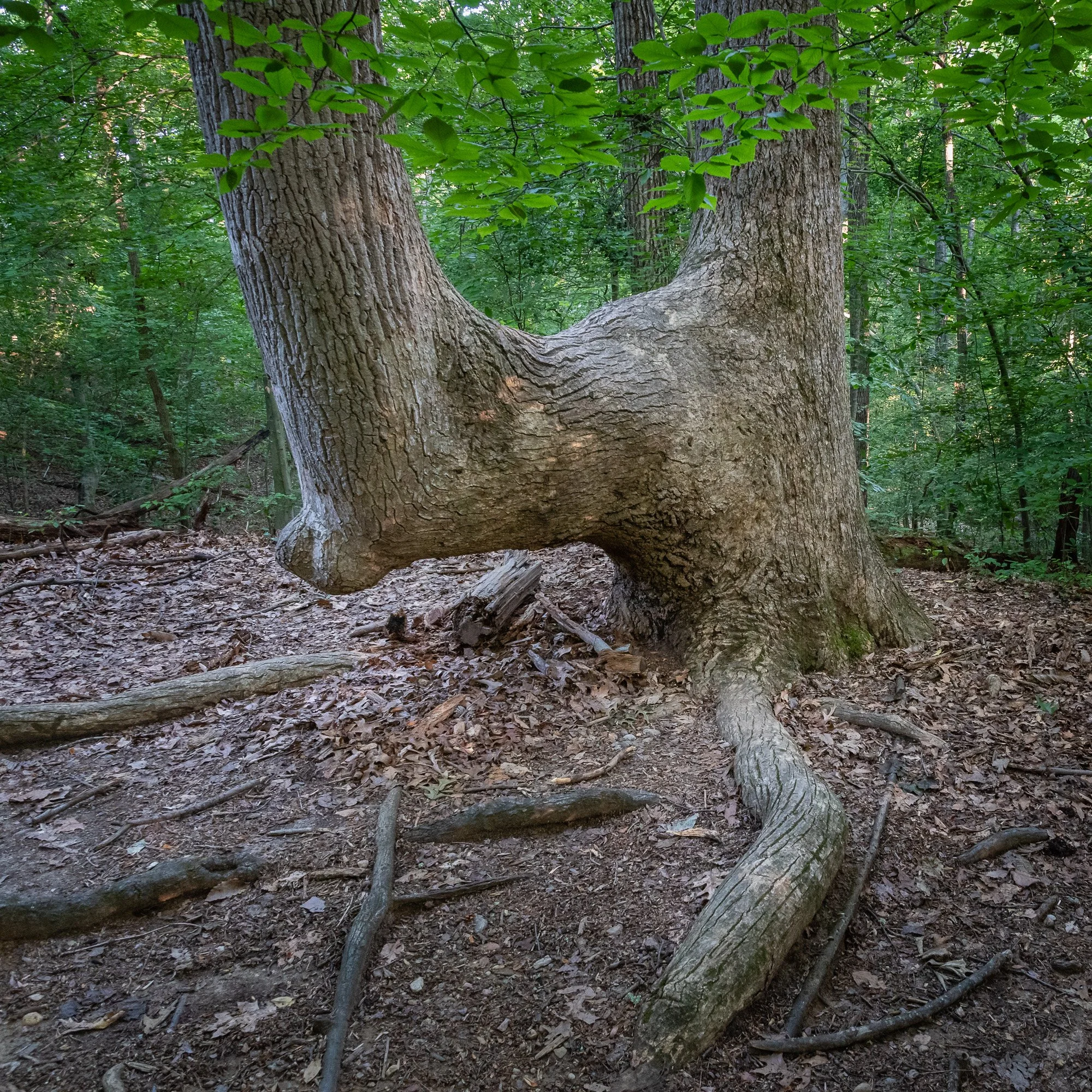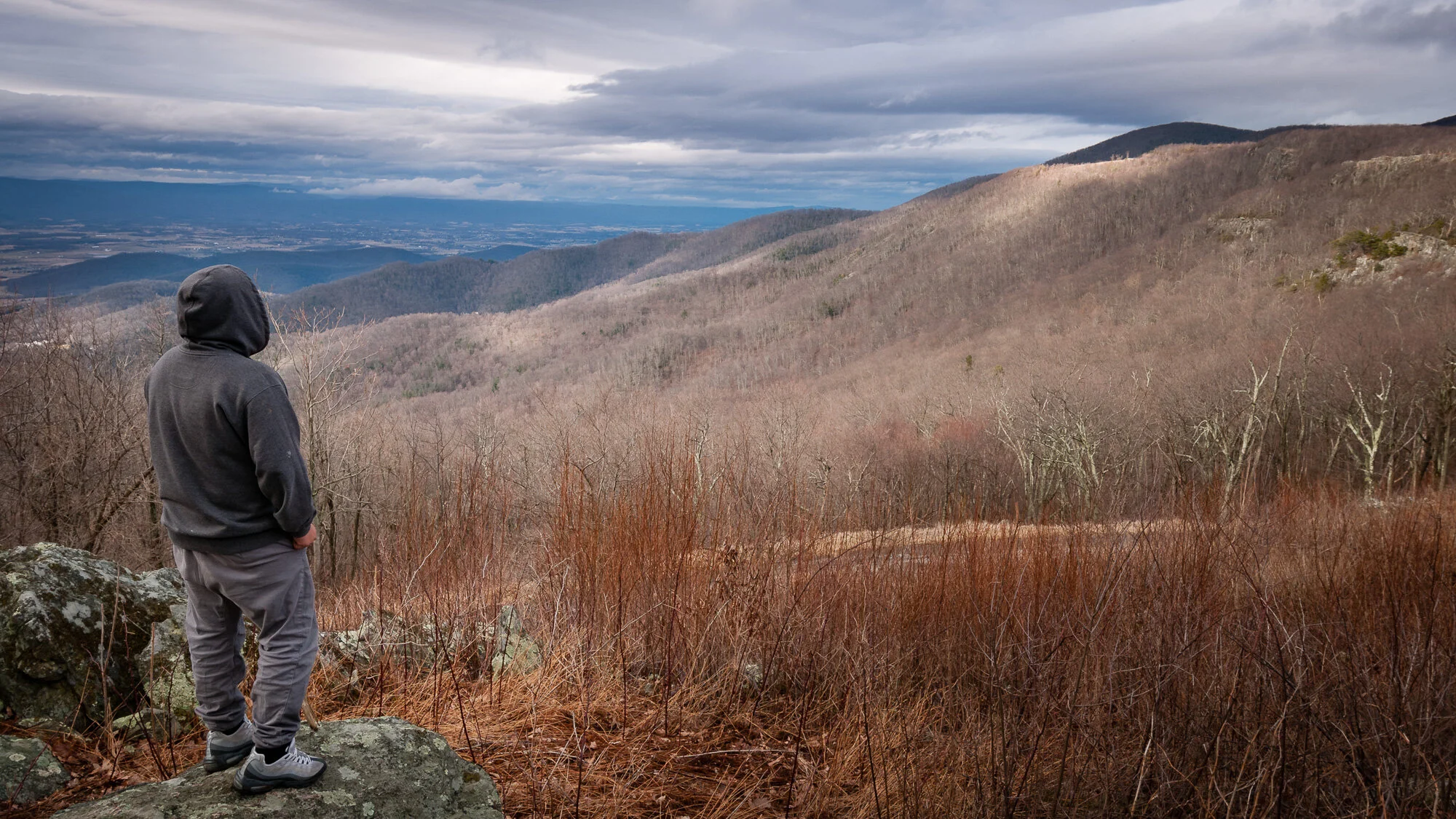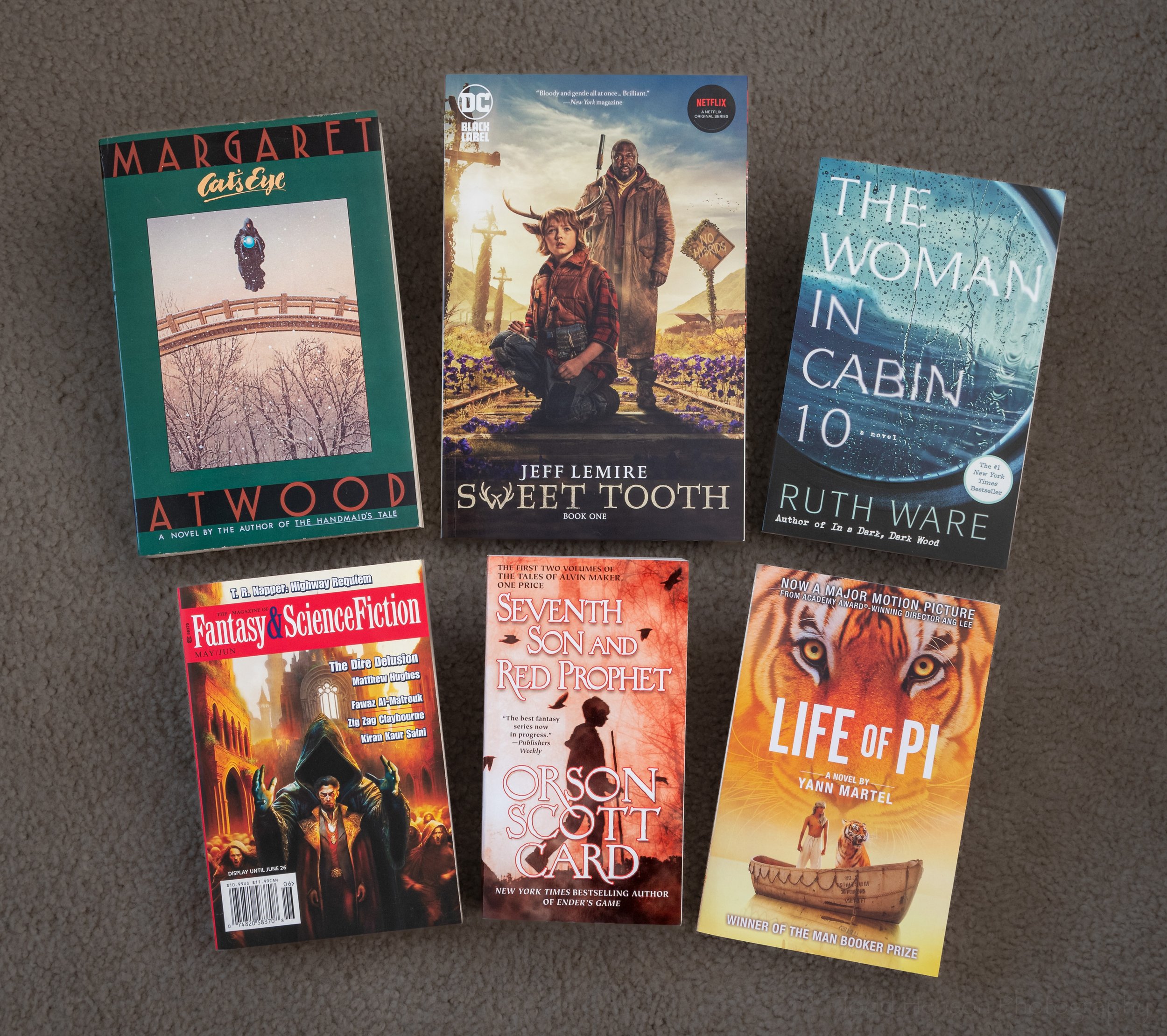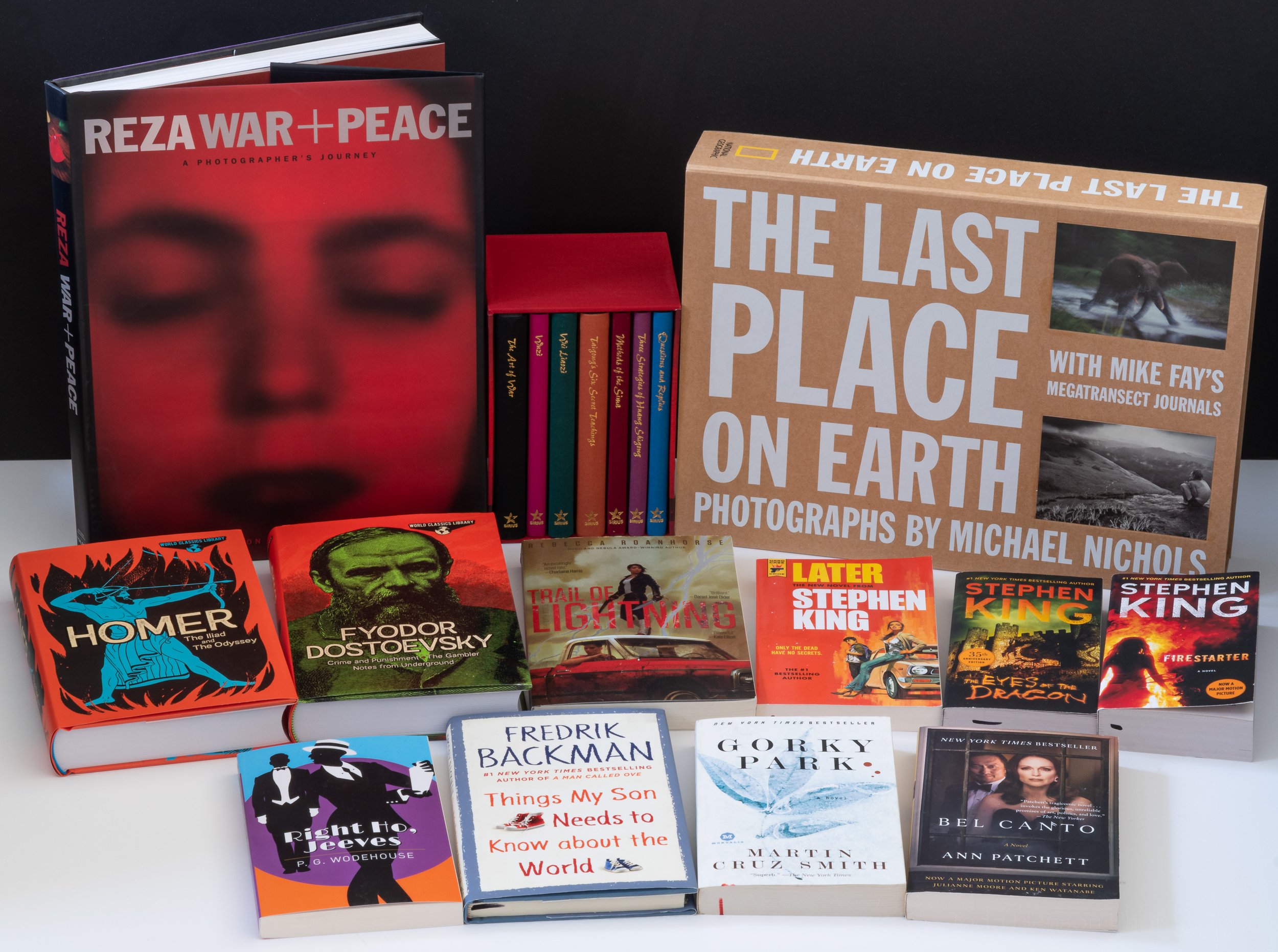Part One: Dorothea Lange and the Art of Discovery
Part One of the book is an essay by Anne Whiston Spirn where she describes the Lange she discovered during her research for this book. A most telling quote is: “Dorothea Lange is to photography what John Steinbeck is to literature.” In fact, her photographs inspired Steinbeck when writing The Grapes of Wrath and he used some of her photographs as illustrations in his nonfiction booklet, Their Blood is Strong.
Spirn goes on to describe how she came to write this book, how and where she researched, where she found so many photographs and field notes from Lange, some of them not previously published, seemingly lost and cast aside. This is when we start to learn that Lange didn’t just create photographs but also wrote many notes accompanying the photographs, feeling that just photography couldn’t tell the stories she was sharing, words were also needed. Some of these words were directly written by Lange and others by her assistants, such as Rondal Partridge, and by her one-time boss and later husband, Paul Taylor.
Lange learned over time how to interact with people to get to the real stories: “You go into a room and you know where you are welcome; you know where you’re unwelcome…. Sometimes in a hostile situation you stick around because hostility itself is important…. The people who are garrulous and wear their heart on their sleeve and tell you everything, that’s one kind of person, but the fellow who’s hiding behind a tree and hoping you don’t see him is the fellow that you’d better find out why.”
Eventually, Lange went to work at the federal level for the Works Progress Administration and later the Resettlement Administration, which was succeeded by the Farm Security Administration (FSA). It’s with the FSA that she and her assistants travelled all over the country on assignment. Her photos were among the most widely used and recognized of all the FSA photographers, and yet she had a very mixed relationship with her boss at the FSA, Roy Stryker, and was fired three times. Unfortunately, when she was fired for the final time she lost access to much of her work and found it very difficult, sometimes impossible, to obtain copies of her negatives for books or shows. Despite Stryker’s reticence in allowing her the use of her own photos, he had no problem using them for his own book on the FSA and included more of her photos than any other FSA photographer, and he mentioned of her famous Migrant Mother photo, “After all these years, I still get that picture out and look at it.”


